The world has changed a lot in the past decade, and so has the way we earn money.
Nowadays, making money online is not only possible but also accessible to anyone with an internet connection, mobile phone, and laptop. But how can you do it?
In this blog post, I will share with you 20 proven ways that I have personally tried or know of, that can help you make money online.
These ways can be a side hustle or even a full-time career, depending on your goals and preferences.
Table of Content
1- Start a blog
You might think that blogging is outdated and irrelevant, but we have some reasons to convince you otherwise.
Blogging is still a very effective way to earn money on the web in this decade and beyond. This is because a large majority of internet users, 77% to be exact, still read blogs.
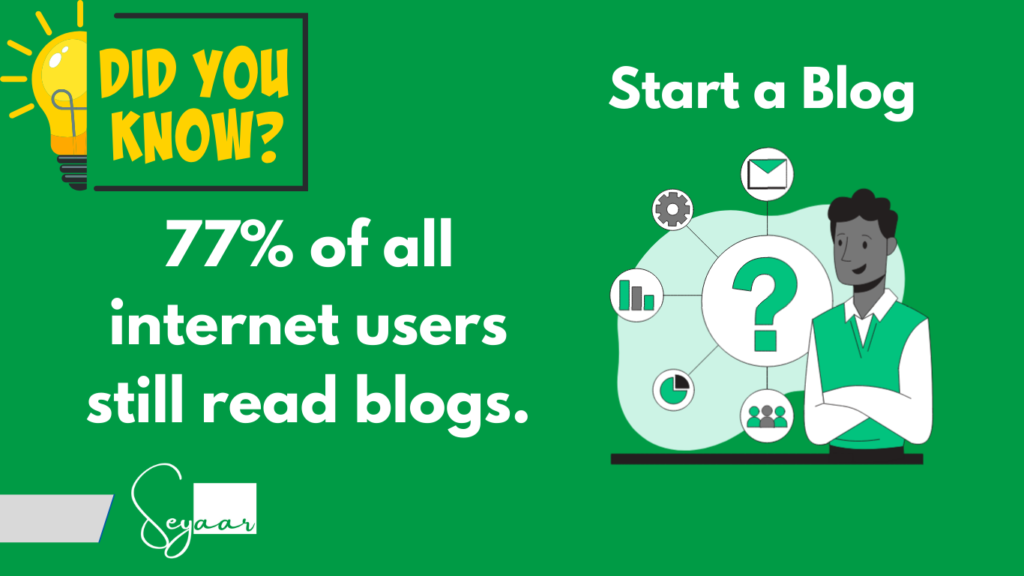
You can begin blogging as a side hustle or a hobby while working, but trust me, it has the potential to create opportunities that can replace your 9-5 job shortly.
A tip for you is to regard the blog as a business venture, not a casual activity or a pastime, and be committed to it.
Keep in Mind !
You need to choose a niche to enter this world, many people advise that you follow your interest because you are enthusiastic about it but keep in mind that sometimes our interests are not profitable so look at the bigger picture and find the one that suits you and also has high earnings and visitors.
How to Start
Step 1: Pick a niche that you like and that has demand. You can use tools like [Google Trends] or [Keyword Planner] to find out how popular and profitable your niche is.
Step 2: Buy a catchy and relevant domain name. You can buy a domain name from a domain registrar like Name.com for a small fee per year.
Step 3: Buy a reliable and affordable hosting service. You can buy a hosting service from a web host like Hostinger for only 1.99$ monthly fee.
Step 4: Install WordPress, the best blogging platform. You can install WordPress on Hostinger web service with a few clicks.
Step 5: Design your blog with a theme and plugins. You can choose a free theme and plugins from the WordPress repository or a paid theme third-party site(more advanced).
Step 6: Write quality and engaging content for your blog. You should also use keywords, headings, images, videos, and links to optimize your content for search engines and readers.
Step 7: Promote your blog with various methods. You can use methods like social media, email marketing, guest posting, commenting, and advertising to promote your blog. You can use tools like [Buffer] or [Mailchimp] to manage your social media and email campaigns.
NOW INTERESTING PART
Step 8: Monetize your blog. You can use various ways to monetize your blog, such as affiliate marketing, advertising, sponsored posts, products, and services. You can use tools like [Google Adsense] or [Amazon Associates] to display ads and earn commissions.
- Time to Launch: A few hours.
- Initial Effort needed: Starting may be effortless, but sustaining and maintaining it can be challenging.
- Time to Revenue: Affiliate marketing can begin immediately, but advertising may require traffic to your website.
- Starting Capital: Free – $100/yearly.
2- Join Affiliate Marketing Programs
Imagine a world where you can earn money by simply sharing your favorite products or services with your friends and followers. Welcome to the realm of affiliate marketing!
This is a unique online business model where you become a brand ambassador of sorts, recommending products or services from various companies.
The best part? You don’t have to worry about the nitty-gritty details like logistics, inventory, or even initial investment. Your primary task is to share your unique referral link with your audience.
And guess what? You don’t even need a website to get started. Your social media accounts are more than enough to kickstart your journey in affiliate marketing. So, are you ready to turn your recommendations into revenue?
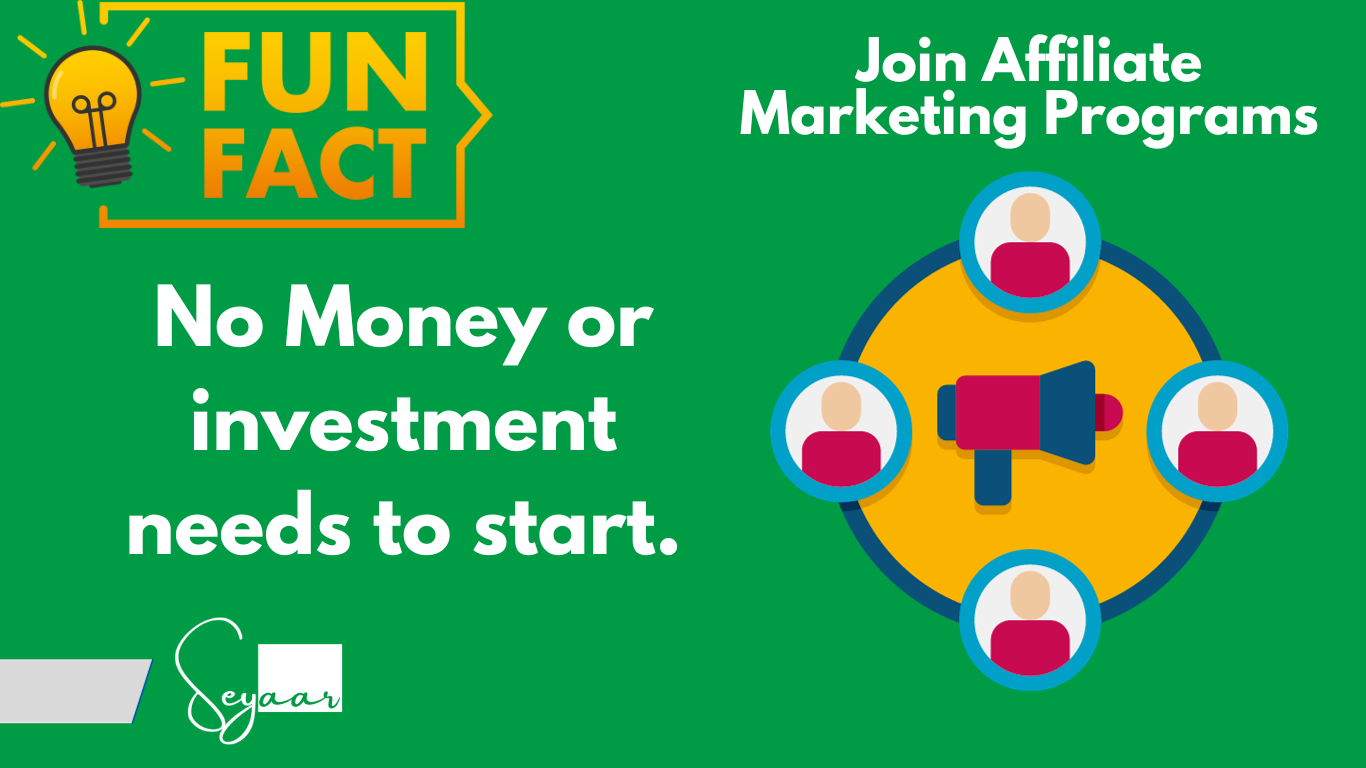
How to Start
Identify Your Niche: Find a topic you love and know a lot about. It could be anything from coffee to cats!
Find Your Partners: Look for companies that have affiliate programs and sell products related to your passion.
Join the Club: Apply to join their affiliate program. It’s usually as simple as filling out an online form.
Get Your Magic Link: Once you’re in, they’ll give you a special link. This link tracks who clicks and buys thanks to your recommendation.
Share the Love: Now, share your magic link with your followers. You can do this on social media, your blog, or anywhere else you connect with people online.
Keep Them Hooked: Regularly post interesting content that your followers will love. The more they trust you, the more likely they are to click on your link.
Watch the Cash Roll-In: Every time someone buys something using your link, you get paid. It’s as simple as that!
Affiliate marketing is not a get-rich-quick scheme, but rather a business model that requires time, effort, patience, and the right strategies to be successful.
- Time to Launch: It takes a few hours.
- Initial Effort needed: Moderate effort. Marketing knowledge essential.
- Time to Revenue: The results may differ based on the efficiency of your marketing strategies.
- Starting Capital: Free (Social Media) – $10/month (Website).
3- Create Your E-Commerce Store
E-commerce can be a more profitable option if you have capital to invest and don’t want to sell products from other businesses.
This is because it eliminates the expenses related to having a physical storefront and allows you to access a global market instead of just a local one.

How to Start
1. Choose a Product: First, select a product that you are passionate about selling. It could be handmade crafts, vintage items, or digital products, depending on your interests and market.
2. Pick a Platform: Next, choose an e-commerce platform that meets your specific requirements. Popular options include Shopify, WooCommerce, and BigCommerce.
3. Set Up Your Store: Follow the platform’s instructions to set up your online store. This will involve selecting a theme and configuring your payment and shipping options.
4. List Your Products: Once your store is set up, it’s time to add your products. Make sure to include high-quality photos and detailed descriptions to attract potential customers.
5. Optimize Your Store: To make your store and products more discoverable, use search engine optimization techniques. This will help your store rank higher in search engine results.
6. Promote Your Store: Share your store on social media, email newsletters, and other marketing channels to attract customers. The more people that know about your store, the more potential customers you’ll have.
7. Start Selling: Once everything is set up, you’re ready to start selling! Remember to provide excellent customer service to keep your customers happy and coming back for more.
Starting an e-commerce business requires an initial financial investment and involves a certain degree of risk. It is important to take into account expenses such as product costs and storage space. Moreover, the tasks of selling and marketing may present their own set of challenges. Nevertheless, if handled well, it has the potential to be a life-changing endeavor.
- Time to Launch: You can expect to be operational within a month by working a few hours every day.
- Initial Effort needed: A significant amount of effort.
- Time to Revenue: This will vary depending on when you get your first sale.
- Starting Capital: Expect to spend between $3000 and $30,000, including product purchases, shipping to your warehouse, maintenance, and website costs.
4- Begin Dropshipping
If the idea of setting up an e-commerce store seems daunting, don’t worry, we’ve got you covered.
Dropshipping is an easy-to-start e-commerce venture that is definitely worth considering if you’re short on funds, lack storage space for products, or simply want a hassle-free business model.
This approach allows you to sell products from other suppliers in your store, with the shipping process handled directly by the supplier.
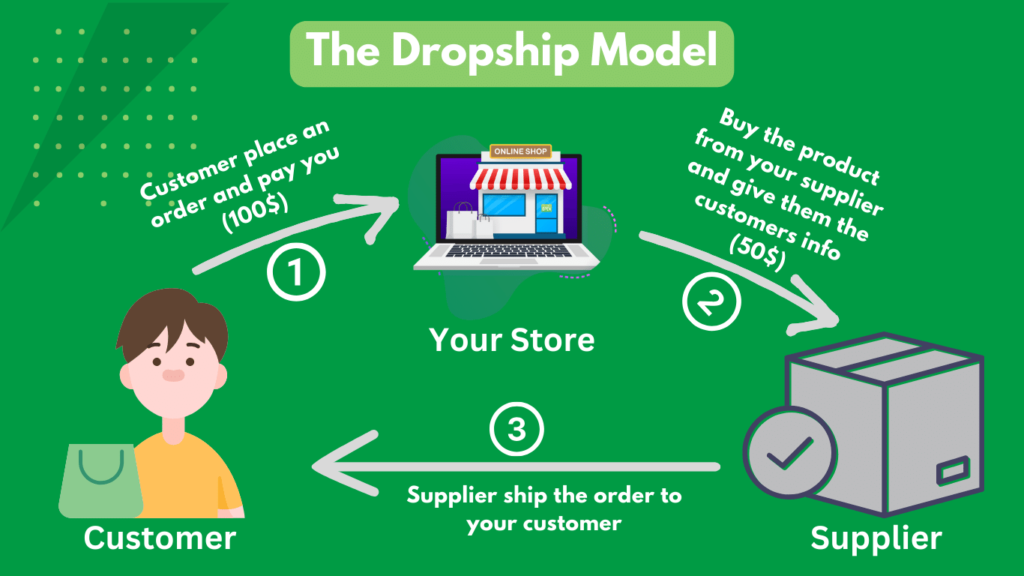
How to Start
- Find Your Unique Idea: What’s your passion? What’s trending? Find a concept that excites you and your future customers.
Start with One Product or a General Store: You can begin with a single product or a general store. Once you’ve found your winning product, it’s better to focus on a specific niche.
Know Your Rivals: Check out what your competitors are doing. Learn from their successes and mistakes.
Choose Your Platform: There are several platforms you can use for dropshipping:
- SaleHoo: Offers a directory of wholesale companies and dropship suppliers. You can identify high-profit, in-demand products with the Market Research Lab.
- AliDropship: Allows you to start an AliExpress dropshipping business. You can import products from AliExpress to your own store, set your own prices, and after you sell a product, you purchase it from AliExpress and have it shipped directly to your customer.
- Dropship Me: Offers a WordPress plugin with 50,000+ items for dropshipping stores. You can import top-selling products to your WordPress store.
- Zendrop: A dropshipping app that offers fast shipping, high margins, custom branding, and automated fulfillment from the US and China.
Create Your Online Shop: Build a user-friendly platform where customers can shop. You can use Shopify, Wix, or BigCommerce.
Decide Your Business Structure: Determine the legal structure of your business, such as whether it will be a sole proprietorship, a partnership, a limited liability company (LLC), or a corporation?
Plan Your Budget: Keep track of all your expenses and potential profits.
Promote Your Store: Get the word out about your store using various marketing strategies. We recommend TikTok and Meta Ads for quick growth.
Attract and Keep Customers: Develop a strategy to win over and retain customers.
Review and Improve: Keep an eye on your performance and tweak as needed.
Starting a Dropshipping business is a journey, not a race. Take your time, learn as you go, and enjoy the ride! It’s a great first step into the world of entrepreneurship.
Keep in Mind !
- Time to Launch: It depends on whether you want to create a single product store, which takes 2-3 days, or a general store, which takes 2-3 weeks.
- Initial Effort needed: Minimal, basic knowledge of e-commerce is sufficient.
- Time to Revenue: Ads type determines growth speed: paid 1-2 days, natural 3-4 weeks.
- Starting Capital: $30/month (Natural) – $1000/month (Paid Ads).
5- Try Print-on-Demand
Print-on-demand is a fantastic model that provides a platform for beginners to monetize their creativity.
In this model, sellers have the opportunity to personalize white-label products with their unique designs and sell them either online or offline. When a customer places an order, the print-on-demand company takes over.
They print the seller’s design onto the product, handle the order fulfillment, and ship the item directly to the customer’s doorstep.
It’s a seamless process that allows creative individuals to earn from their artistry without the hassle of inventory management or shipping logistics.
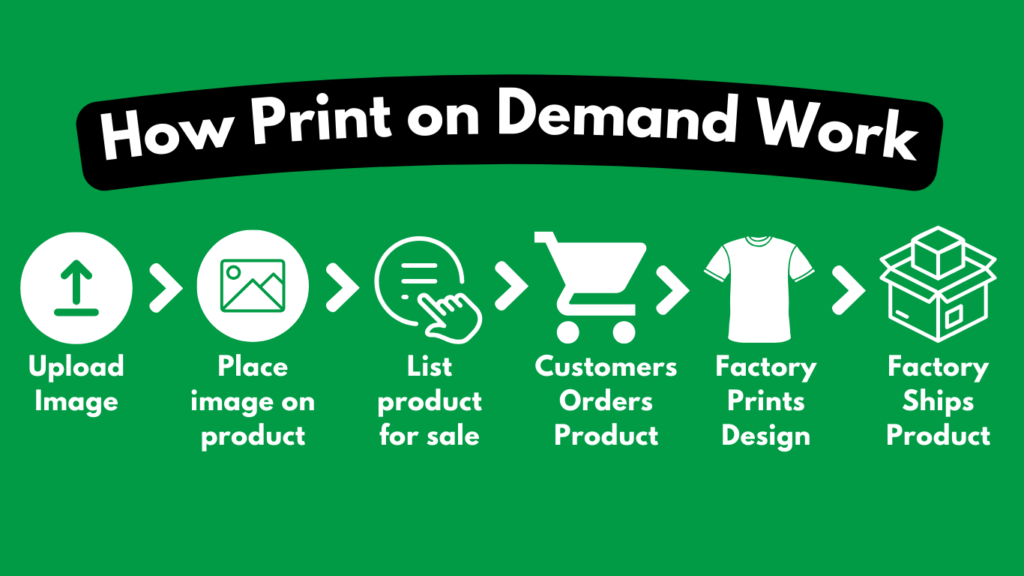
In print-on-demand, sellers never handle inventory, similar to dropshipping. However, it offers more control over product aesthetics, especially in design-focused areas like apparel. Essentially, print-on-demand is a low-risk, low-investment method to earn online.
How to Start
Identify Your Niche: Selecting a niche for your print-on-demand venture can lead to reduced competition, increased profits, and decreased advertising costs. Top-performing niches often include pets, social causes, family themes, and health & fitness.
Develop Your Designs: While the appeal of your designs is crucial to your success, you don’t need to be a graphic designer yourself. You can enlist the help of professional designers from platforms like Upwork, 99designs, or Fiverr.
Select an E-commerce Platform and Establish Your Store: You can opt to sell on your own website or through an e-commerce marketplace. If you go the website route, we recommend using Hostinger. It comes with WordPress, is easy to use, and costs only $1.99 per month.
Find a Reliable Supplier: Choosing a trustworthy supplier, such as Printify or Printful, is vital for your print-on-demand business.
Promote Your Products: Utilize Facebook and Instagram Ads to advertise your products. Consistently post content to your blog or podcast and maintain an active social media presence. Collaborate with influencers to boost your brand visibility. Remember, the key is to continuously spread the word about your business.
- Time to Launch: Expect to be up and running in 1 week, working a few hours daily.
- Initial Effort needed: Minimal, basic knowledge of e-commerce is sufficient.
- Time to Revenue: This will vary depending on when you get your first sale.
- Starting Capital: Free – $10/month.
6- Start a YouTube Channel
Starting a YouTube channel is like opening a new book. The pages are blank, but there is a world of possibilities waiting to be written. It’s a journey that can lead to incredible adventures, new friendships, and an opportunity to express yourself in a way that’s uniquely you.
Whether you’re looking to share your passion, teach a skill, or simply entertain, YouTube is a platform where you can reach millions of people around the globe. It’s a place where creativity meets opportunity.
But remember, every successful YouTuber started with their first video. It’s okay to start small and learn as you go. With each video, you’ll learn more about what works for you and your audience.

If you’re too shy to be on camera, don’t worry. Matt Par, a successful YouTuber (with over 500k subscribers), teaches in his course how to start a faceless YouTube channel.
How to Start
Identify Your Niche and Target Audience: Determine the focus of your channel and who your target audience will be. Discover profitable YouTube niches with high financial potential and large audiences.
Invest in Essential Equipment: While a smartphone with a good camera and internet connection can suffice, for optimal results, consider investing in a tripod, ring light, and a high-quality microphone.
Set Up Your YouTube Channel: You need a Google account to create a YouTube channel. Then, you’ll need to add a logo, cover photo, connect your social media accounts, and write an “about” section.
Create a Channel Trailer: A channel trailer is a short and impactful introduction to your channel that captures your potential audience’s attention.
Promote and Grow Your Channel: Share your videos on social media and collaborate with other YouTubers to reach a wider audience. Utilize SEO tools like VidIQ and Tubebuddy to optimize your video titles, descriptions, and tags. Viewers can interact with you by subscribing, liking the video, or leaving a comment. Encourage these actions with a call to action.
- Time to Launch: It will take a few hours.
- Initial Effort needed: Putting in a lot of effort and being consistent.
- Time to Revenue: It depends on when you reach 1000 subscribers.
- Starting Capital: Free – $1000.
7- Work as a Freelancer
Freelancing is a popular way for beginners to earn money online. Freelance services can encompass any role required by an online business.
You can sign up on one of the many freelancing platforms like Fiverr & Upwork and start making money right away, sometimes within a week. If you already have digital skills, freelancing is an excellent way to make money quickly. However, note that in freelance jobs you exchange money for time.
How to Start
Identify a Marketable Skill: The first step in freelancing is to identify a skill that you can sell. You might think you don’t have one, but that’s not a problem. You can choose a skill like data entry or content writing with the help of AI. If you already possess a skill like coding or graphic design, that’s even better.
Learn and Improve: Freelance platforms are highly competitive. To stay at the top and earn more, you need to continuously learn and improve your skills.
Create Your Profile and Portfolio: It’s important to showcase what you offer to clients. The best way to do this is visually. If you’ve done similar work before, show the results.
Choose Your Platform: There are two types of freelance platforms. On Fiverr, you create a gig and buyers request you. On Upwork, buyers post their needs and you send a proposal. Choose the platform that suits you best.
Be Patient and Show Your Potential: When creating gigs or sending proposals, be patient and show your full potential.
Deliver On Time: Professionalism is key in freelancing. Always deliver your work on time to get five-star reviews, which will help you attract more clients.
Set Competitive Pricing: Research the market rates for your services and set a competitive price. Remember, as a freelancer, you’re not just competing on skill, but also on cost.
Communicate Effectively: Clear and timely communication is crucial in freelancing. Always keep your clients updated about the progress of the work.
Ask for Feedback: After completing a project, ask your clients for feedback. This will not only help you improve your services but also build a good relationship with your clients.
- Time to Launch: a few hours.
- Initial Effort needed: Medium effort.
- Time to Revenue: When you get your first project, it depends.
- Starting Capital: Free.
8- Kickstart Your Own Online Course
Got a skill? Share it with the world! Online courses are the new trend. Why? Because they’re all about convenience and value.
No one wants to spend years and a fortune on university fees anymore. Instead, they’re ready to pay a small amount to learn hot skills straight from the experts, and that expert could be you!
So, why wait? Start your online course today and make the most of this opportunity.

How to Start
Identify Your Course Topic: Find a subject you’re knowledgeable and passionate about. It could be anything from coding to cooking!
Define Your Target Audience: Understand who would be interested in your course. Knowing your audience will help you tailor the course content to their needs.
Create Engaging Content: Plan and create your course material. This could include video lectures, quizzes, assignments, and reading materials. Make sure it’s engaging and easy to understand.
Choose a Course Platform: There are many online platforms like Skillshare, Coursera, or LearnWorlds where you can host your course. Choose one that suits your needs.
Price Your Course: Decide on a pricing model. You could offer it for free to attract more students or charge a fee for your expertise.
Promote Your Course: Use social media, blogs, or email marketing to promote your course. You could also offer discounts or special offers to attract students.
- Time to Launch: Approximately six months.
- Initial Effort Needed: Around 40 hours initially, then about 10 hours weekly for maintenance and marketing.
- Time to Revenue: Can start seeing revenue as soon as the course is launched with effective marketing.
- Starting Capital: Costs can range from $12 to $14,859, averaging at $7,631.
9- Start a Podcast
Imagine this: You’re sitting comfortably, microphone in hand, ready to share your knowledge with the world. You hit record, and you’re off, diving into a world of discussion, storytelling, and connection. Welcome to the world of podcasting!
Podcasting is more than just a trend – it’s a revolution in the digital space. It’s a platform where your voice can reach out to millions, where your ideas can inspire change, and where your expertise can find its audience. And the best part? The engagement levels are skyrocketing!
Whether you’re a tech guru, a history buff, or a master chef, there’s an audience out there eager to hear from you. Podcasting allows you to connect with them, to engage them, and to build a community around your passion.

How to Start
- Identify Your Niche: Choose a topic you’re passionate about. This will be the main theme of your podcast.
- Plan Your Content: Outline the structure of your episodes. Will they be interviews, solo talks, or a mix? Planning will help keep your content consistent and engaging.
- Get the Right Equipment: Invest in a good quality microphone and headphones. Clear audio is crucial for a successful podcast.
- Record and Edit: Use recording and editing software to create your podcast episodes. Don’t worry if you’re not an expert, there are plenty of user-friendly options out there.
- Publish and Promote: Choose a podcast hosting platform like Buzzport to publish your episodes. Once your podcast is live, promote it on social media and major platforms like iTunes, Stitcher, Spotify, and TuneIn to attract listeners.
- Time to Launch: Approximately 1-2 months.
- Initial Effort Needed: Around 20-30 hours for setup, then ongoing time for recording and editing episodes.
- Time to Revenue: Can start seeing revenue within a few months with effective marketing and audience growth.
- Starting Capital: Minimal to moderate, mainly for equipment and hosting platform. Costs can be as low as $100 to $200 if you’re budget-conscious.
10- Buy an Already Successful Website
Got funds but not sure where to invest? Fear the uncertainty of a startup? Well, we’ve got a golden ticket for you! Imagine stepping into a venture that’s already flourishing – a profitable website, a buzzing blog, a sought-after Software as a Service (SaaS), or even a popular mobile app. It’s like buying a goose that lays golden eggs!
You can start counting your profits almost instantly, bypassing the nail-biting phase of a new startup. So, what are you waiting for? Dive in and watch your investment grow from day one!
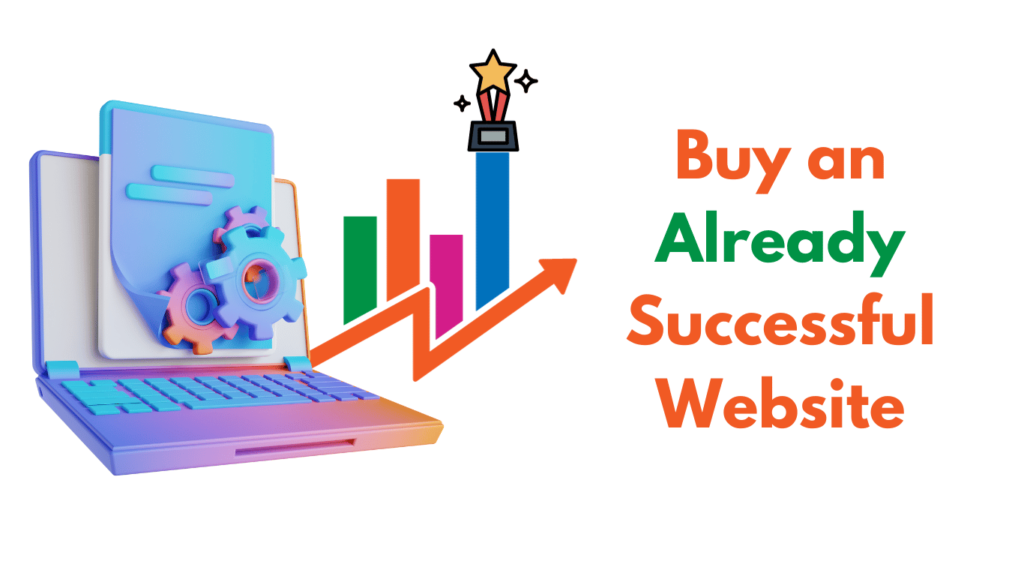
How to Start
Identify Your Interest: First things first, identify what interests you. Is it a blog about travel, a SaaS for project management, or a mobile app for fitness? Your interest in the subject matter will make the journey more enjoyable and sustainable.
Research: Once you’ve identified your interest, research the market. Look for profitable platforms that are up for sale.
Get Professional Help: If you’re unsure about the process, consider hiring a professional from platforms like Fiverr. They can guide you through the buying process.
Due Diligence: Before making a purchase, conduct thorough due diligence. Check the platform’s financials, traffic sources, and customer reviews.
Evaluate the Price: Determine if the asking price is worth it. Consider factors like monthly revenue, growth potential, and the amount of work required to maintain the platform.
Make an Offer: If a platform meets your criteria, make an offer. Don’t be afraid to negotiate.
Seal the Deal: If your offer is accepted, ensure a smooth transition. Learn how to operate and manage the platform before the handover.
Use Trusted Platforms for Purchase: Consider using trusted platforms like Flippa and Empire Flippers for secure transactions.
Grow Your Platform: Now that you own the platform, look for ways to grow. This could be increasing traffic, improving content, or enhancing user experience.
- Time to Launch: Once the purchase is complete, the platform can be operational almost immediately, often within a day.
Initial Effort Needed: The effort required depends on your goals for the platform. This could involve maintaining the current operations or implementing changes to improve the platform.
Time to Revenue: As the platform is already profitable, you can expect to start seeing revenue as soon as you take over.
Starting Capital: The primary cost is the purchase price of the platform. the price range for buying a website can vary significantly, from as low as $100 to millions of dollars. Additional costs may include any improvements you want to make or marketing efforts to grow the platform.
Online Scam Signs (Must Know)
There are many real ways to make money online, but watch out for scams. These are some signs of online scams.
-
Get Rich Quick Schemes: Any scheme promising quick wealth with little effort is a red flag. Real online businesses and jobs require effort and sometimes an initial investment.
-
High Pay for Easy Tasks: If a job like data entry is offering an unusually high payment, it’s likely to be a scam. Legitimate jobs usually offer reasonable pay rates.
-
Communication via Telegram: If a company or individual insists on communicating through platforms like Telegram instead of official business email, it could be a sign of a scam.
-
Poor Grammar and Spelling: Emails or messages from scammers often contain poor grammar and spelling. This can be a sign that the message is not from a legitimate source.
-
Pressure Tactics: Scammers often create a sense of urgency to get you to act quickly. They may say that an offer is for a limited time only or that you must act now to claim a prize.
- 11 Best Blogging Platforms To Make Money In 2024 [Free & Paid] - 30 January 2024
- 8 Most Profitable Blog Niches for 2024 - 18 January 2024
- Pinterest Affiliate Marketing: Complete Guide (2024) - 9 January 2024

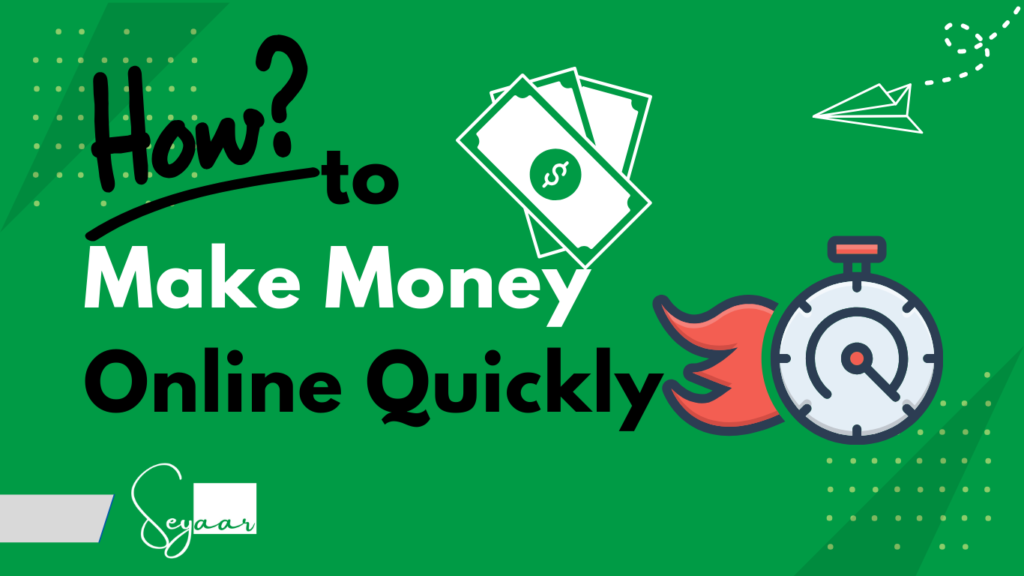
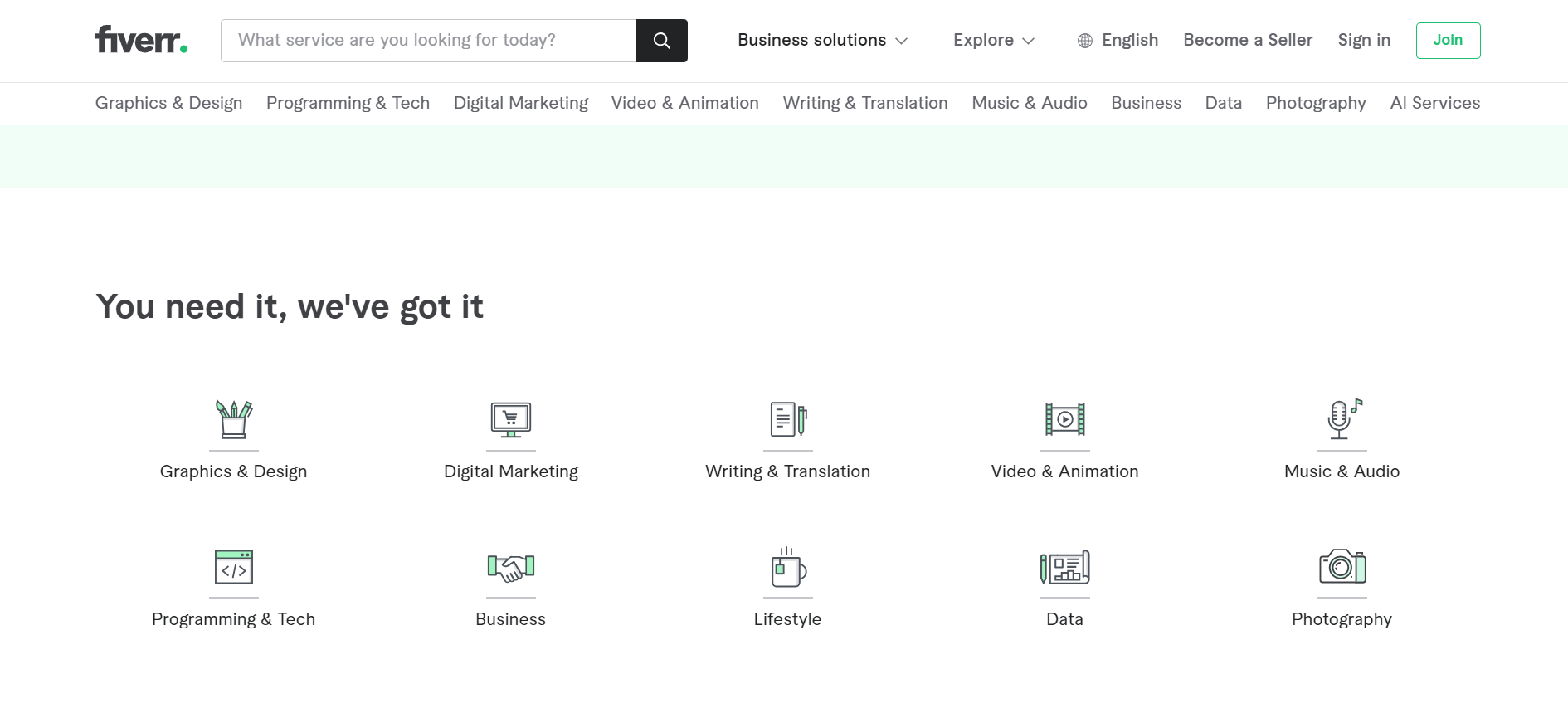

![How To Buy An Online Business [Step-by-Step Guide]](https://seyaar.com/wp-content/uploads/2023/12/How-To-Buy-An-Online-Business-Step-by-Step-Guide-150x150.png)

